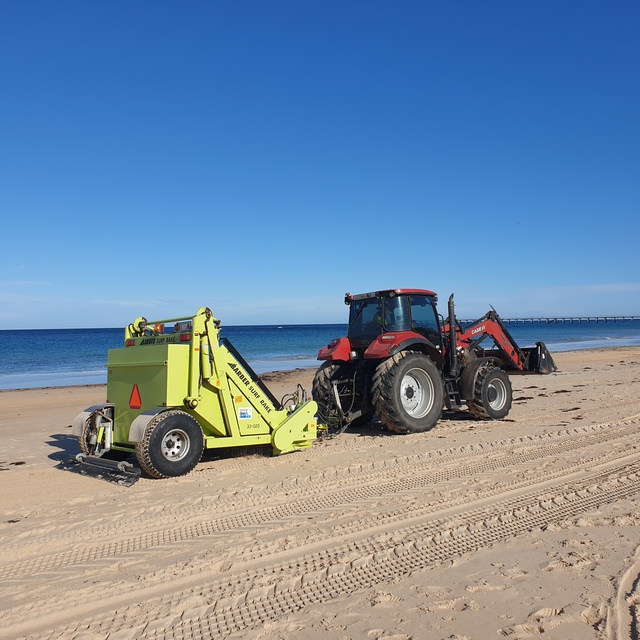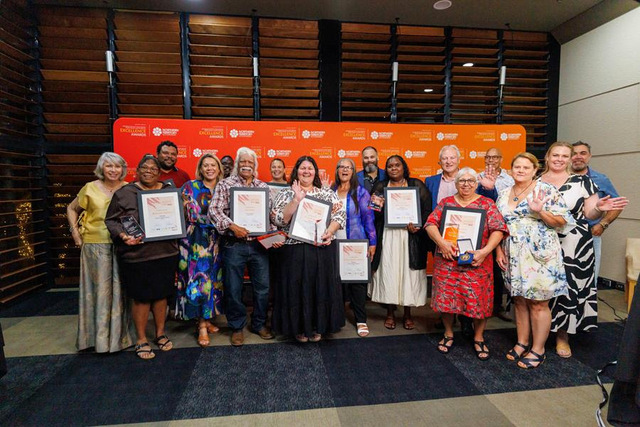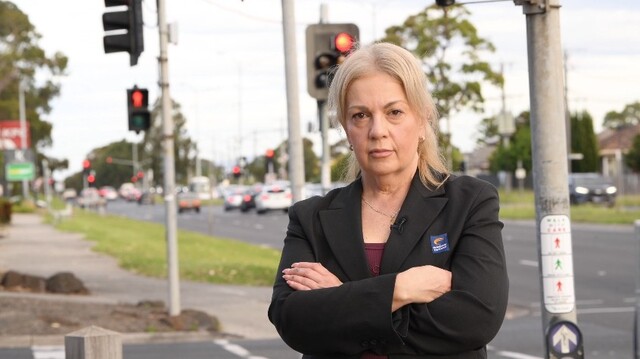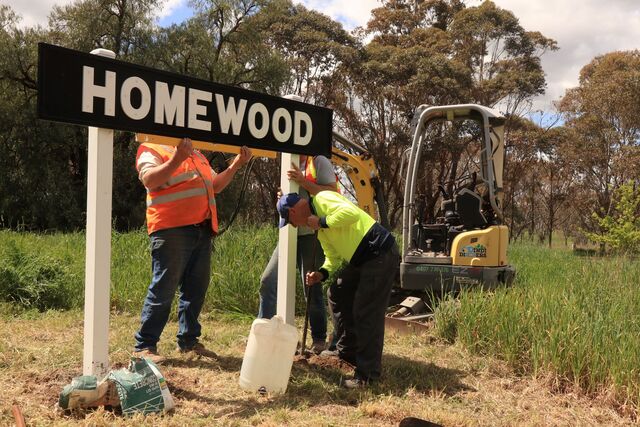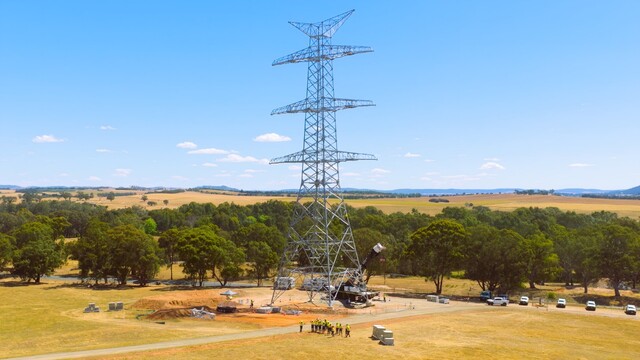The Good Oil * by Rod Brown
An overseas colleague recently asked me where the main economic hubs were in Australia. She said she knew about Sydney, Melbourne and Perth, but after cruising the various websites she was more confused than ever. I replied that there’s no consensus or considered view on this. However it got me thinking – investment is the key to economic development, so could we develop a framework of investment hubs that could be marketed to local and foreign investors, both large and small?
In coming months, I will look at all States and Territories. Here are my initial impressions of the competitive advantages held by the main hot spots, and the themes around which investment hubs could be positioned.
First up is Queensland. The key point here is that the State Government is pretty aggressive about its economic development agendas, and is one of the more ‘regional thinking’ States. Let’s start at the Top End and work south. I figure there are 10 latent investment hubs.
Cairns – where the competitive advantage lies in colocation of tropical reef and rainforests; international airport; proximity to Asia and the Pacific Islands.
- Hub angles – sustainable tourism; tropical health and medicine; aviation (including Outback); marine industries; international aid.
Townsville – access to Barrier Reef; Defence bases; Mount Isa connection; international airport.
- Hub angles – minerals processing; Defence technology; tropical health and medicine; aviation.
Mackay – proximity to coal and mineral resources; access to Barrier Reef.
- * Hub angles – minerals processing; mining technology; export of containerised food and agricultural product.
Gladstone – minerals processing and energy facilities; port infrastructure; civic buildings.
- Hub angles – as for Mackay, but with additional energy aspect.
Sunshine Coast – natural beauty; environmental icons; educated, well heeled population; lifestyle image.
- Hub angles – education; environmental management; creative industries; smart Internet based companies; new age technology (food, construction and so forth.)
Brisbane – Australia’s third city; climate; competitive cost of living; excellent airport and adjacent precinct.
- Hub angles – financial services; aviation; ICT; biotechnology and wider life sciences; education; logistics; construction.
Ipswich Road corridor–engineering capability; competitively priced land; access to Brisbane port and airport.
- Hub angles – heavy engineering; building and construction; logistics.
Toowoomba – service centre for Darling Downs; climate; rural lifestyle.
- Hub angles – food processing; agricultural and water equipment and services; environmental management; light engineering.
Logan Corridor – access to airport and port; manufacturing capability.
- Hub angles – light engineering; food processing; logistics.
Gold Coast – natural beauty; tourism icons; lifestyle and entertainment.
- Hub angles – as for Sunshine Coast, but wider scale such as marine engineering, medical services.
These are indicative only, and we welcome any additions or comment.
Getting REAL on economic development
Earlier this year, Sandy K Baruah, head of the Economic Development Administration in the USA, wrote an article titled, The Five New Realities of Economic Development in the 21st Century. Sandy authored the article because he says he’s in the ‘what’s next?’ business. His five realities are:
- we are in a global economy, where competition comes from anyone (any corner of the globe) with a good education, a good idea and a good Internet connection (take note regional Australia)
- the pace of change will accelerate – innovation is becoming multidisciplinary as different technologies converge, creating fields that didn’t even exist just a few decades ago
- components of competitiveness cannot be pursued separately. This means that separate silos in workforce, social and community, economic
development and so forth can no longer be tolerated - the private sector is the most important element of any successful economic development strategy. Unless the private sector is ready, willing and able to invest, growth will not occur, regardless of how much government spends
- the ability to innovate is the only sustainable competitive advantage of a nation, region or company.
Well, you can’t fault his logic, and our economic development adviser in the USA, David Dodd, speaks very highly of him.
The business of religion
How big is the purple economy? How many tax breaks do religious bodies receive? Does the Exclusive Brethren, or for that matter the Catholic Church or the Salvation Army, have an unfair advantage? Does it conflict with the competitive neutrality mantra? Watch this space.
I am tipping the announcement of a Productivity Commission Enquiry within 12 months.
Marginal seats are the big winners
Canberra: 1 November. This Federal Election has been the most divisive and bizarre that I can remember. Everyone wants to be in a marginal seat!
I have avoided buying into politics in this column over the years – but I must say that the flurry of pre-election promises is making a mockery of good economic management. The roads, health and education expenditure now being announced should have been rolled out as part of a national infrastructure plan.
And given the series of significant Budget surpluses, why couldn’t the wealth have been shared a lot earlier with old age pensioners and the disabled? The core of the problem is the unassailable dominance of Treasury and Finance.
A little known side effect is that the wider public service has been hamstrung in developing progressive, forward looking agendas – the Indigenous, AusLink and water agendas are exceptions.
Best practice – see our blog
We now have a blog that features 350 articles on economic development, investment attraction, clusters and networks. Most have a Local Government angle. They include many of the articles that have appeared in this column over the last five years! Go to www.investmentinnovation.wordpress.com
*Rod Brown is a Canberra-based consultant specialising in industry/regional development, investment attraction, clusters and accessing Federal grants. He can be contacted at apd@orac.net.au or phone (02) 6231 7261.


